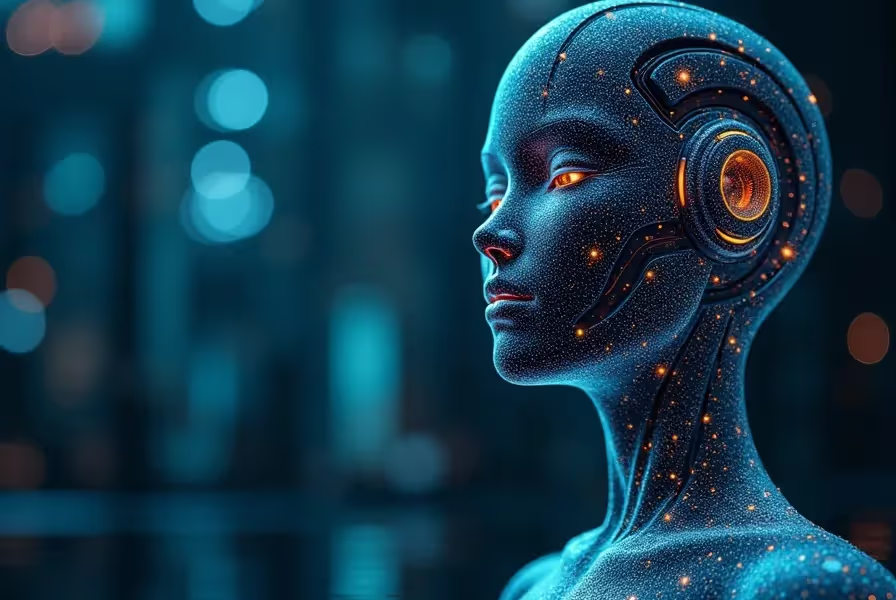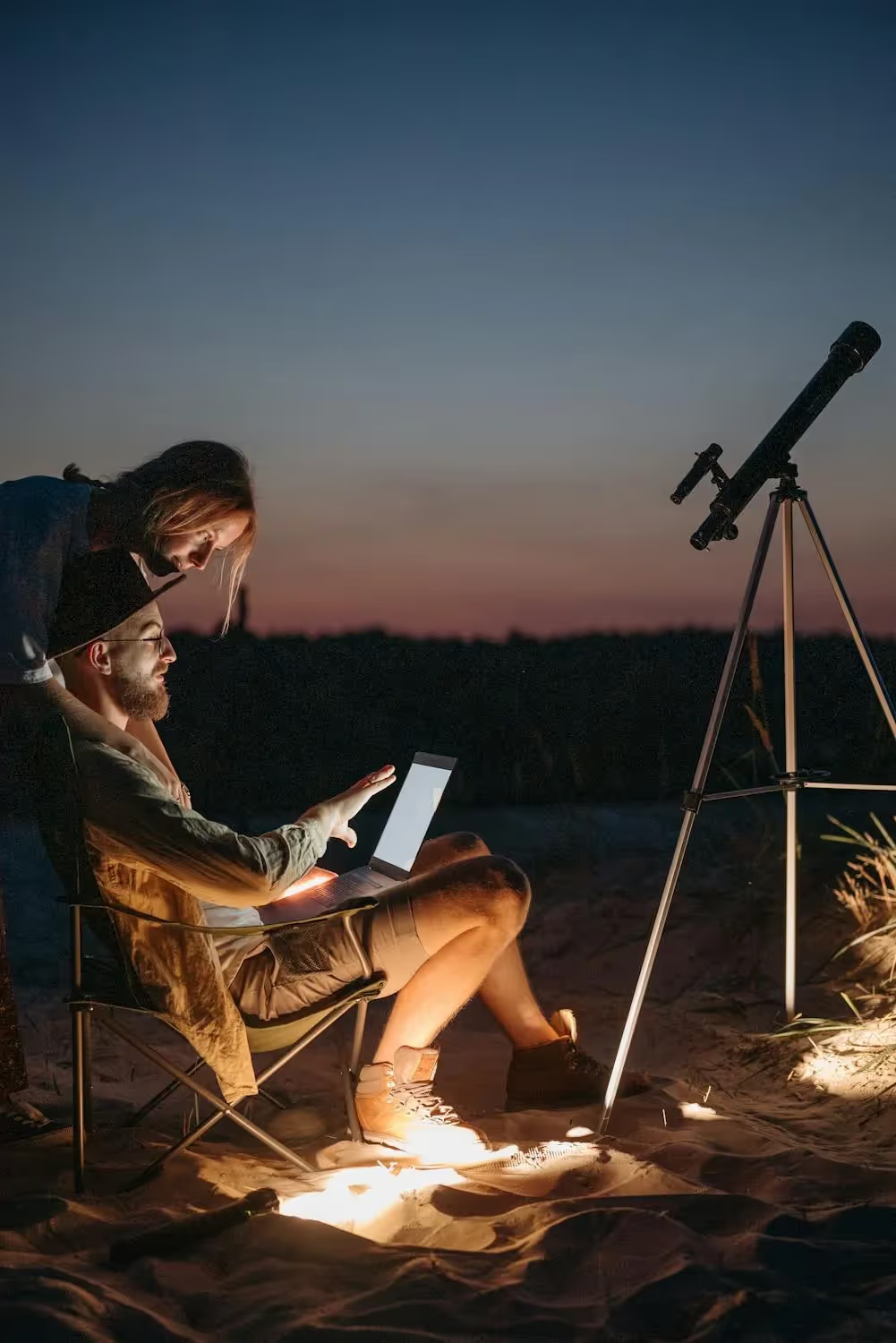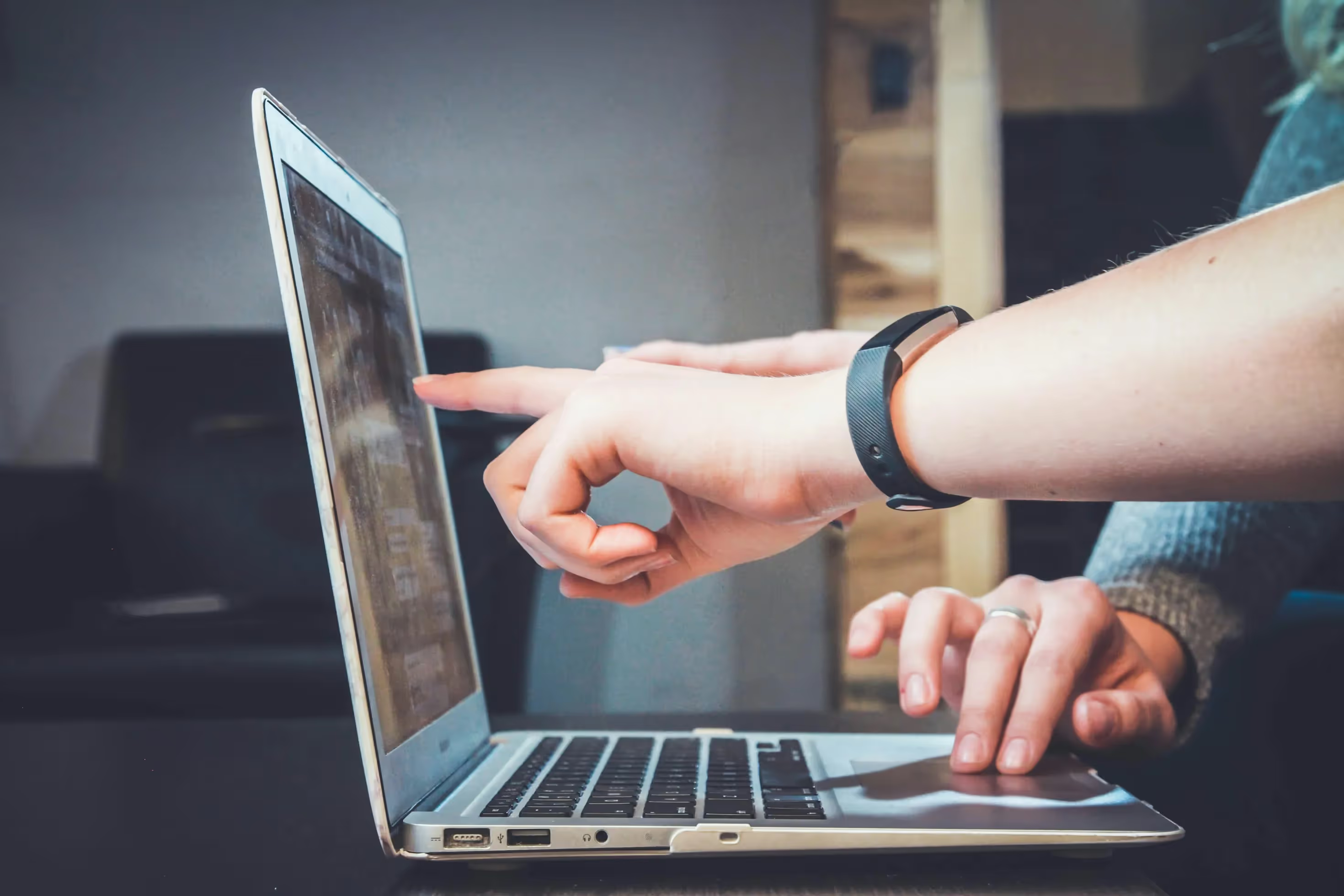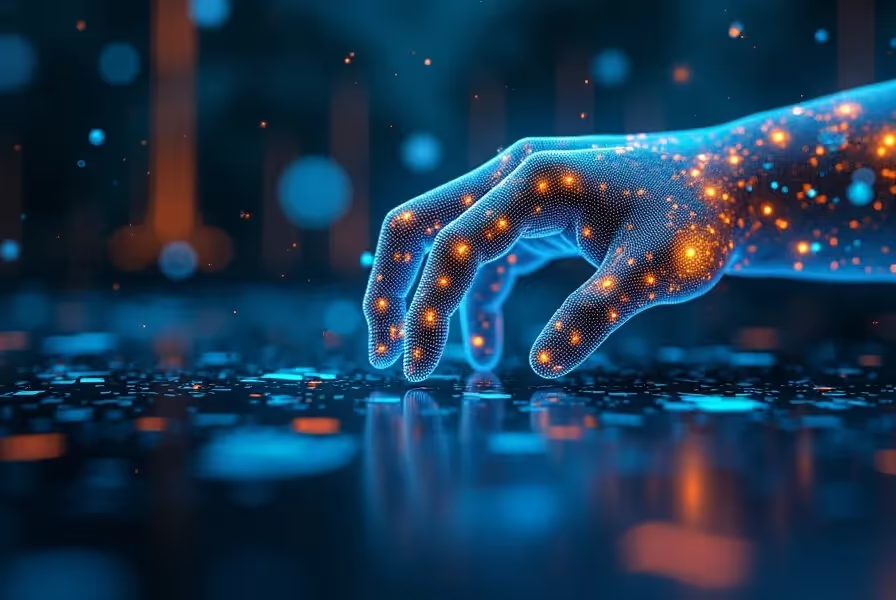Understanding How AI Identifies Human Behavior
Artificial Intelligence (AI) has made incredible progress in understanding and detecting human actions. Using machine learning, computer vision, and deep learning, AI systems can observe and interpret what people are doing. This capability is transforming industries such as security, retail, healthcare, and robotics.
If you're wondering whether AI can truly detect human actions, the simple answer is yes. But how it works, where it's used, and what the limitations are is where things get more interesting.
How AI Tracks and Detects Human Movements
AI action recognition relies on advanced technologies to process video, images, and sensor data. These technologies allow machines to identify patterns in human behavior with increasing accuracy.
- Computer Vision: Uses video analysis to understand what the camera sees.
- Machine Learning Algorithms: Train on large datasets to recognize specific human behaviors like walking, waving, or jumping.
- Pose Estimation: Identifies the position and movement of body joints in real-time.
- Sensor Fusion: Combines data from cameras, accelerometers, and gyroscopes for detailed motion detection.
These technologies work together to build models that mimic how humans interpret actions. The more data the models get, the more accurate they become.
Use Cases: Where Human Action Recognition AI Is Making an Impact
AI-powered human action detection isn't just a futuristic concept—it's already in use across many sectors. Here are some of the most common application areas:
- Smart Surveillance: AI monitors activity in public spaces, identifying threats, loitering, or unusual patterns.
- Healthcare Monitoring: Tracks patient movements to detect falls, measure mobility, or observe rehabilitation progress.
- Retail Analytics: Analyzes shopper behavior to improve store layout and customer experience.
- Sports and Fitness: Detects exercise form, movements, or player performance in real-time using computer vision.
- Autonomous Vehicles: Recognizes pedestrian behavior to make safe driving decisions.
In each use case, AI improves situational awareness, safety, or performance by providing real-time insights based on action detection.
Limitations of AI in Human Behavior Recognition
While AI action detection has come a long way, it's not without challenges. Understanding these limitations can help you better assess when and how to apply this technology.
- Data Bias: AI models can perform poorly if trained on unbalanced datasets that don’t reflect all potential users.
- Limited Context Awareness: AI can detect movement but may not always understand intent or environment.
- Privacy Concerns: Using AI to monitor people raises important questions about consent and data protection.
- Environmental Factors: Poor lighting, camera angles, or obstructions can reduce accuracy.
- Real-Time Processing: Translating input into precise actions requires high compute power and fast processing.
As technology evolves, these hurdles are increasingly mitigated. But it’s essential to be aware of them when deploying action recognition solutions.
Can Cameras with AI Detect Human Activities Automatically?
Yes, modern surveillance and smart cameras equipped with AI can detect human actions automatically. These systems identify behaviors like walking, running, falling, or even aggressive movements. In home automation or security systems, AI cameras provide real-time alerts based on predefined action triggers.
This automation reduces human workload and adds speed to decision-making. It’s especially useful in emergency detection and real-time analytics.
How Accurate Is AI in Human Activity Prediction?
Accuracy depends on the quality of training data, model architecture, and the real-world setting. On average, well-trained systems can detect common actions like waving or sitting with over 90% accuracy. However, subtle or complex behaviors still challenge AI recognition models.
Ongoing research in deep learning and behavioral modeling is improving accuracy and context sensitivity every year.
What Types of Actions Can AI Detect?
AI can recognize a broad range of body movements using visual or sensor data. These include:
- Basic actions: walking, sitting, waving
- Sports moves: throwing, jumping, running
- Abnormal behaviors: falling, collapsing, erratic movement
- Gestures: pointing, hand signals, clapping
- Interaction patterns: fighting, hugging, group formations
These capabilities are expected to grow as data sets become more diverse and algorithms more refined.
Are There AI Tools for Human Motion Recognition?
There are commercial frameworks and open-source tools designed for human action analysis. Some of the most recognized ones include:
- OpenPose: A popular library for real-time body pose tracking.
- MediaPipe by Google: Offers pose estimation and hand tracking pipelines.
- YOLO (You Only Look Once): A fast object detection algorithm that supports human detection.
- DeepSort: Combines object tracking with appearance modeling.
These tools allow developers to build or integrate human activity recognition into surveillance, gaming, or robotic applications.
How Can You Implement AI-Based Human Action Detection?
If you're planning to implement AI for human action recognition, consider this step-by-step approach:
- Identify your goal: safety monitoring, behavior analytics, or automation
- Select suitable hardware: cameras, wearables, sensors
- Choose or train AI models with labeled human action data
- Optimize for accuracy and real-time performance
- Ensure compliance with data privacy and ethical standards
Start with small-scale testing before wider deployment. This helps validate model performance and avoid costly errors.
Common Questions About AI Detecting Human Actions
Can AI read body language?
AI can detect posture and gestures but may not fully understand emotions or social cues embedded in body language. AI can give approximations based on movement data.
Is AI better than humans at detecting actions?
In highly repetitive or large-scale environments, AI can outperform humans by monitoring continuously. However, humans are better at context interpretation.
Can AI predict future human actions?
AI can forecast next likely actions based on previous patterns. For example, predicting a runner’s path. But predictive accuracy decreases with complex behaviors.
Is human activity recognition AI safe and reliable?
In controlled environments, yes. But the performance depends on deployments, data quality, and use case complexity. Always include human oversight in critical systems.
The Future of AI in Human Behavior Analysis
As AI improves, its ability to detect and understand human motion will become more refined. You can expect systems that observe not only what people do but soon why they do it. The integration of natural language processing with human action detection will create more responsive smart environments.
By understanding the potential and limits of AI-based human behavior detection, you are in a better position to explore innovative solutions in your industry or project.
















.svg)



